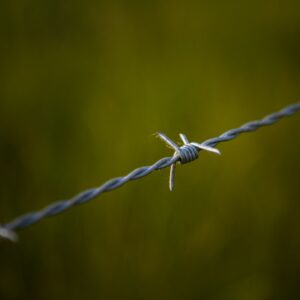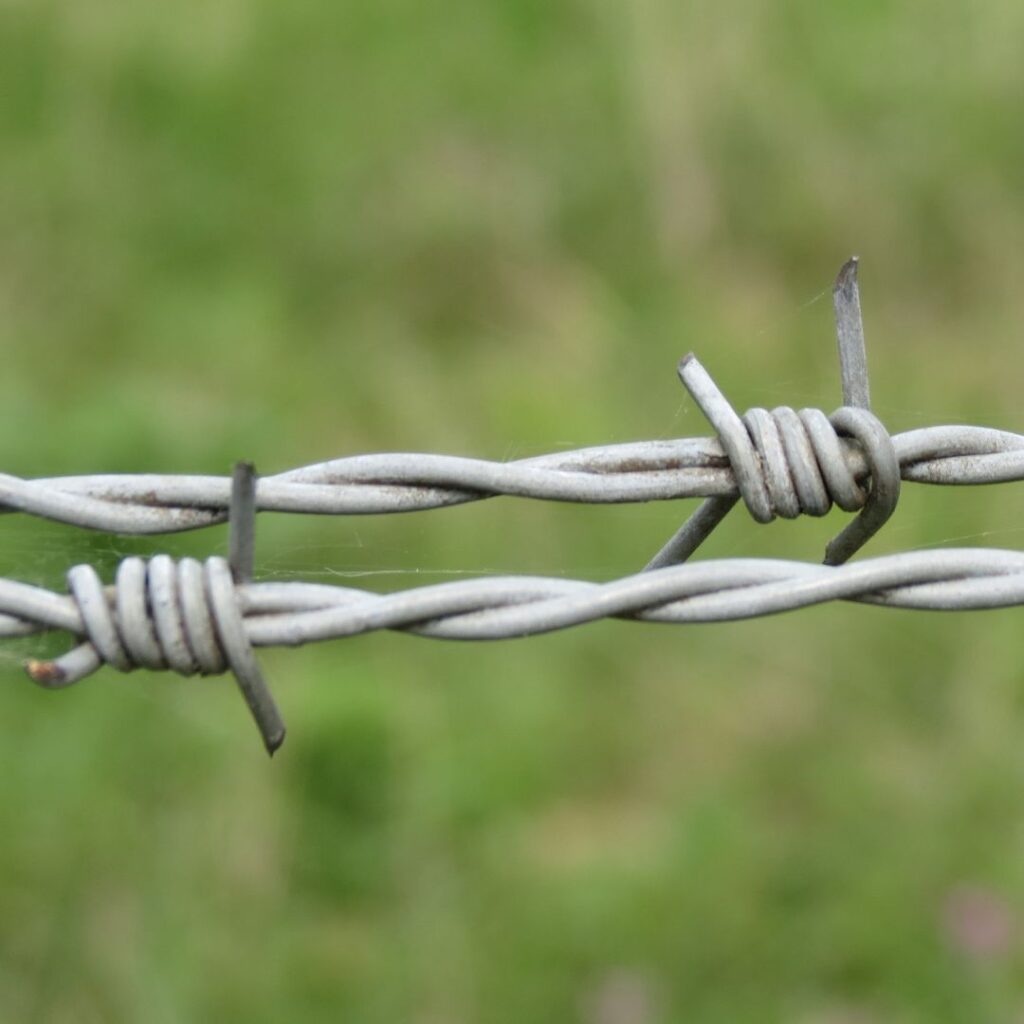
Introduction
Welcome from “Beyond the Barbs,” a site devoted to examining the frequently disregarded realm of barbed wire fencing. These insignificant barriers, albeit common in our landscapes, have a rich history, a complex architecture, and deep symbolic meaning. Come explore the history, the artistry, and the cultural relevance of barbed wire fences with us.

Understanding Tata 3D Weld Mesh
The background of barbed wire is just as convoluted and complex as its design. Its invention in the late 1800s transformed property rights, warfare, and agriculture all at once. Its quick spread throughout the American West converted open ranges into fence-lined sections, leading to disputes between homesteaders and ranchers. It became a gloomy staple in the trenches throughout WWI, a lethal barrier to oncoming troops. Its usage became universal throughout time, signifying both advancement and confinement. ingenuity and its ability to divide and unite people.
Applications Across Industries
There is more to the anatomy of barbed wire than first meets the eye. Barbed wire is basically made of twisted metal strands, usually steel, that are pierced by sharp barbs. This deceptively straightforward design, however, conceals a wide range of advances and variants. There are several varieties of barbed wire, from the conventional two-point strand to more intricate patterns with several barbs on each wire. Furthermore, improvements in manufacturing processes have produced variations in wire gauge, barb spacing, and general durability that are suited for certain uses like security barriers, agricultural fence, or even art installations. A thorough understanding of of barbed wire exposes not only its practical use but also its historical relevance and symbolic resonance.
Barbed Wire in Culture and Art
Beyond its practical beginnings, barbed wire takes on significant symbolic importance in the fields of culture and art. The emotional impact of barbed wire on the human psyche has been depicted by artists in everything from the austere vistas of the American West to the melancholy imagery of World War I trenches. It frequently symbolizes imprisonment, persecution, and the fight for freedom in literature, as evidenced by pieces like “The Road” by Cormac McCarthy and “One Day in the Life of Ivan Denisovich” by Aleksandr Solzhenitsyn. Meanwhile, barbed wire evokes concepts of isolation, division, and resiliency in visual arts, where it appears as both a literal and physical barrier.

Barbed Wire and Borders
Barbed wire is a powerful symbol and a tangible barrier in the fields of geopolitics and border control. Its existence along borders, whether they are used to mark private property lines or national boundaries, illustrates the intricate link that exists between security and sovereignty. Barbed wire has been used to regulate the flow of people and products, dissuade trespassers, and exercise authority everywhere from the battlefields of World War I to contemporary boundaries. However, discussions regarding the morality of exclusion and its effects on human mobility are also sparked by its use.

The Future of Fencing
With societal requirements changing and technology advancing, fencing has a bright future ahead of it. Innovative alternatives that provide more security, efficiency, and sustainability may soon augment or replace conventional barbed wire fences. Real-time monitoring and quick response to intruders might be provided by smart fences with sensors and AI algorithms, which would eliminate the need for continual human supervision. Advances in materials research could result in the creation of fencing materials that are stronger, lighter, and more resilient—able to survive harsh weather and repeated use.
Conclusion
Barbed wire fences have a long and complicated history, regardless of whether they are seen as a protective barrier or a symbol of divide. Come along as we delve further into the legends, the meaning, and the everlasting allure of barbed wire fencing.

